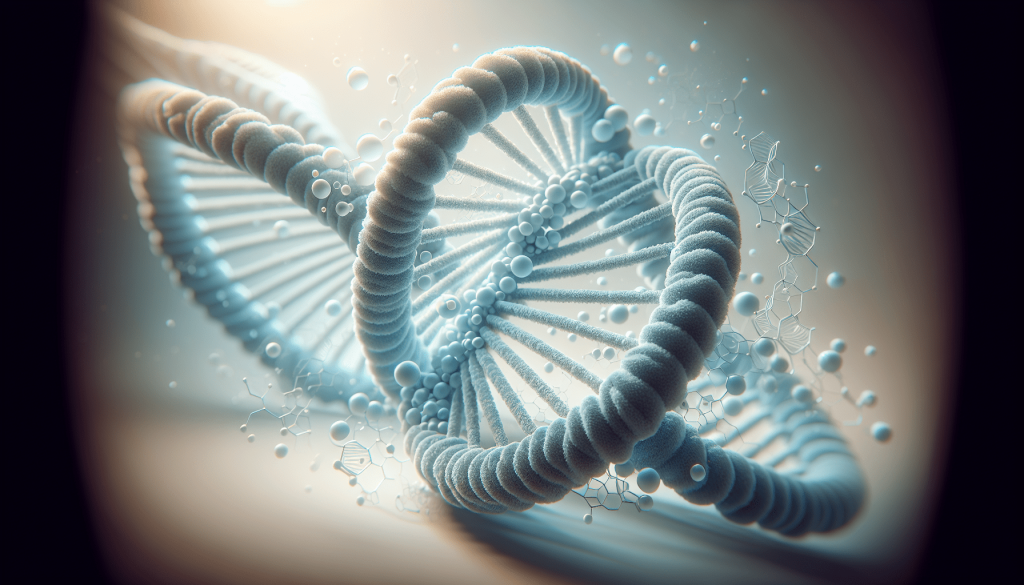Have you ever wondered if a paternity test can be done after the baby is born? Understanding the paternity of a child can be crucial for various reasons, such as medical history, legalities, and even emotional well-being. You might find yourself grappling with this question, unsure about the methods, costs, and implications involved.

What is a Paternity Test?
A paternity test determines whether a man is the biological father of a child. This test typically involves collecting DNA samples from the child and the presumed father, and sometimes from the mother as well. These samples are then analyzed in a lab to see if they share enough genetic markers to confirm a biological relationship.
Why Is Establishing Paternity Important?
Establishing paternity holds significance in several ways. Legally, it can affect child support, custody, and inheritance rights. Medically, knowing the family history can be crucial for diagnosing and treating illnesses. Emotionally, it can provide peace of mind and clarity for all parties involved.
Methods of Paternity Testing After Birth
You may wonder about the methods available for paternity testing once the baby is born. There are several reliable methods, each with its own procedures, pros, and cons.
Buccal Swab (Cheek Swab)
A buccal swab is one of the most common and non-invasive forms of paternity testing.
- Procedure: A cotton swab is rubbed on the inside of the cheek to collect cells.
- Pros: Painless, easy to administer.
- Cons: Samples can be easily contaminated if not handled properly.
Blood Test
Though less common, blood tests can also be used for paternity testing.
- Procedure: Blood samples are collected from the child and the presumed father.
- Pros: Highly accurate.
- Cons: Involves needles, which may be distressing for infants.
Hair Follicle Test
Another method involves using hair follicles, though this is less commonly used.
- Procedure: Hair strands with follicles (roots) are collected.
- Pros: Can be used if buccal swab or blood samples are not available.
- Cons: Requires more technical handling and extraction of the follicle.
Legal Considerations
You might think it’s as simple as collecting samples and sending them to a lab, but legal considerations often come into play. Establishing legal paternity may require testing to be done by a certified lab, and results might need to be submitted to a court.
Required Documentation
Legal paternity tests usually need to be accompanied by identification documents and may require the presence of a neutral third party to witness the sample collection.
Chain of Custody
To be legally admissible, paternity tests must follow a strict chain of custody process. This ensures that the samples have not been tampered with and that the identity of the individuals tested is properly verified.
Accreditation of Testing Labs
Choosing an accredited lab is crucial for ensuring the reliability and legality of your paternity test results. In the US, look for labs accredited by the American Association of Blood Banks (AABB) or other reputable accreditation bodies.

Emotional and Psychological Implications
Understanding the emotional and psychological aspects of paternity testing is equally essential.
Impact on the Child
Knowing who their biological father is can affect a child’s sense of identity and belonging. It can also influence their relationships with both parents.
Impact on Parents
For both the mother and the presumed father, the results of a paternity test can have significant emotional ramifications. The outcome could either validate their beliefs and assumptions or completely alter their understanding of family relationships.
Cost of Paternity Testing
Considering the cost is often a significant factor when deciding whether to proceed with a paternity test. Price can vary widely based on the type of test, the location, and whether the test is for personal knowledge or legal purposes.
| Type of Test | Approximate Cost |
|---|---|
| Buccal Swab (Personal) | $100 – $300 |
| Buccal Swab (Legal) | $300 – $500 |
| Blood Test | $400 – $700 |
| Hair Follicle Test | $500 – $800 |
Turnaround Time
The time it takes to receive results can also be a deciding factor. Some tests offer expedited services for an additional fee.
| Type of Service | Turnaround Time |
|---|---|
| Standard | 5 – 10 business days |
| Expedited | 2 – 3 business days |
| Same-Day | Available in specific labs for an extra fee |
Accuracy and Reliability
Most modern paternity tests boast high levels of accuracy, often exceeding 99.9%. However, this largely depends on the quality of the sample collected and the expertise of the testing lab.
Ensuring Sample Quality
To ensure the accuracy, it is vital to follow the sample collection instructions meticulously. Contaminated or improperly collected samples can lead to inconclusive or incorrect results.
Choosing a Reliable Lab
Opt for accredited labs to guarantee accuracy. You can check online reviews, ask for recommendations, and verify the lab’s credentials.
What To Do After Receiving Results
Receiving the results of a paternity test can be both a relief and a new challenge. Here’s what you can do next:
Positive Result (Biological Father Confirmed)
- Legal Steps: If the paternity test is for legal purposes, you may need to contact a lawyer to understand your rights and responsibilities.
- Medical Steps: Update the child’s medical records to include the father’s medical history.
- Emotional Steps: Consider seeking counseling to help all parties navigate this new information.
Negative Result (Biological Father Not Confirmed)
- Legal Steps: Legal implications may include the need for reassessment of child support and custody agreements.
- Emotional Steps: This can be a sensitive outcome, and emotional support or counseling may be beneficial for all involved.
Frequently Asked Questions (FAQs)
Can a paternity test be done without the mother’s DNA?
Yes, a paternity test can be performed without the mother’s DNA, though including it can make the test more accurate.
How young can a baby be for a paternity test?
A paternity test can be conducted as soon as the baby is born.
Can home paternity tests be used for legal purposes?
No, home paternity tests are not admissible in court due to lack of verified chain of custody.
Conclusion
So, can a paternity test be done after the baby is born? The answer is a resounding yes. Whether you’re driven by legal, medical, or emotional needs, a variety of reliable methods are available to you. By understanding the options, costs, legal implications, and emotional impacts, you can make an informed decision that’s best for everyone involved. Remember, the quest for truth is a journey worth taking, and having all the right information can provide the clarity and peace of mind you seek.
